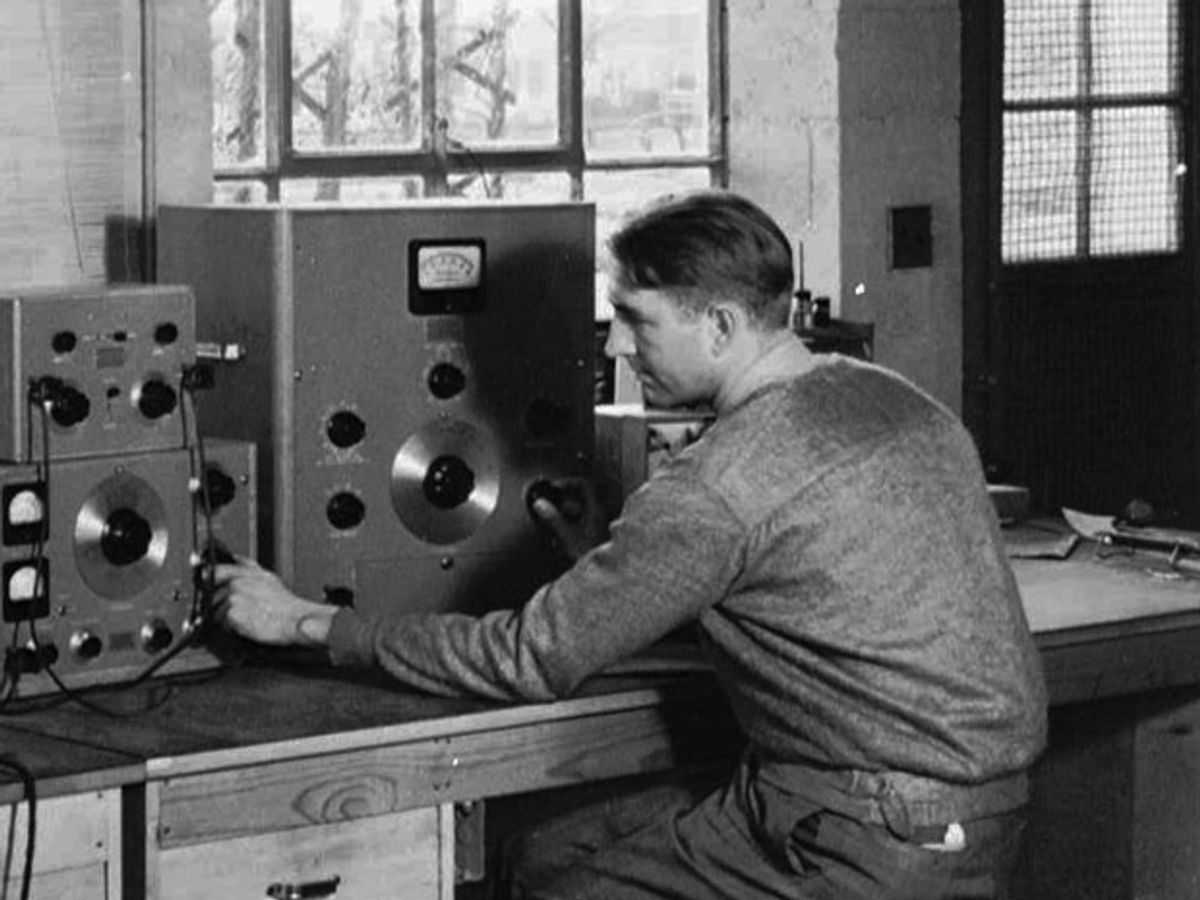Once, Hewlett-Packard’s research laboratories were famous.
Founded by David Packard and William Hewlett in 1966, their mission was to focus on the future, not day-to-day business concerns. The first commercially available LED came out of HP Labs, as did the first programmable scientific calculator. So when I saw today’s announcement about yet another split for HP, I had to wonder, what happens to the Labs?
(The company divided once before, in 1999, keeping the Hewlett-Packard name for the computers, storage, and imaging businesses and creating Agilent for the the test and measurement, semiconductor, chemical analysis, and medical businesses.)
The response from an official HP spokesperson was brief: “The majority of the research is already divided among the business units,” she told me, “so each project will just go with the appropriate new company.”
There is some overlap, however, the spokesperson said; in particular, in research involved with memristors and “edge devices”. In such cases of shared research, the projects and the people will become part of Hewlett-Packard Enterprise, which will essentially be a software and services company; the other entity, HP Inc., gets the PC and printer businesses. There will be a licensing agreement to allow the HP Inc. labs to use some of the intellectual property assigned to Hewlett-Packard Enterprise.
That struck me as a lot simpler than it should be; aren’t research organizations big and intertwined and full of synergies between different researchers and projects? But HP Labs today aren’t the advanced research mecca that they used to be.
Ed Karrer, former co-director of HP Labs before the 1999 split and head of Agilent’s research operation for some time after, gave me a little perspective about how the labs have changed and why this coming split will affect them differently from the 1999 division that created Agilent.
In the 1990s, Karrer says, the HP Labs were still following their original mission, that is, to grow the company by creating new businesses out of research breakthroughs made by the Labs. At the time of the Agilent split, both what remained of HP and the part of the company that became Agilent intended to continue to use their laboratory efforts to grow new businesses, so each would need to take with them a full assortment of researchers and projects, covering hardware, software, and the more basic physical sciences.
But in subsequent years the mission of both company’s laboratories changed to be more focused on supporting existing businesses instead of on long-term, blue-sky research. In August 2007 HP executives—worried that the labs were too scattered, with about 150 projects—brought in Prith Banerjee as laboratory director to restructure the organization. He pared down the number of projects to fewer than 30 and dramatically tightened the ties between lab teams and business groups. Distinguished technologist Pathasarathy Ranganathan, who worked as part of the labs’ planning group, told me in 2009, that the previous philosophy was to "let a thousand flowers bloom. But Prith said, 'My garden doesn't have room for all these roses,' and once we got the sense of what kinds of flowers he liked, we started pruning."
Having a limited number of projects and having them tied directly to the business units makes sorting out which researcher goes with which company in this latest HP split easy. But that doesn’t make it a good thing.
For one, this latest split may mean the labs no longer have critical mass. A former HP executive told me that he questions whether the current labs are big enough to divide, given all the downsizing in recent years. As recently as 2007 the company employed 500 researchers, currently the labs has just over 200 researchers listed on the company website.
Instead, he suggested it might be better if the HP Enterprise company were to simply absorb the entire operation, given that much of the energy put into research in recent years has been in support of the company’s business services operations.
And a bigger concern is that the more focused a laboratory becomes, the less likely there will be room for the unexpected to emerge.
“I don’t think that major corporations today are investing in the longer term R&D necessary for creating new business footprints,” says Karrer. “That doesn’t seem to be part of their current mission. I think that this change represents a major setback for the growth of our country, since it reduces potential technology contributions to society.”
Tekla S. Perry is a senior editor at IEEE Spectrum. Based in Palo Alto, Calif., she's been covering the people, companies, and technology that make Silicon Valley a special place for more than 40 years. An IEEE member, she holds a bachelor's degree in journalism from Michigan State University.



